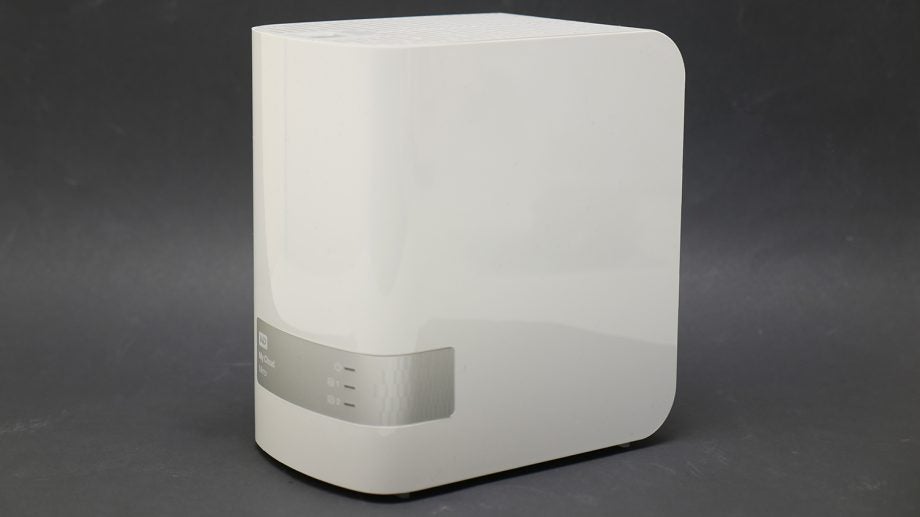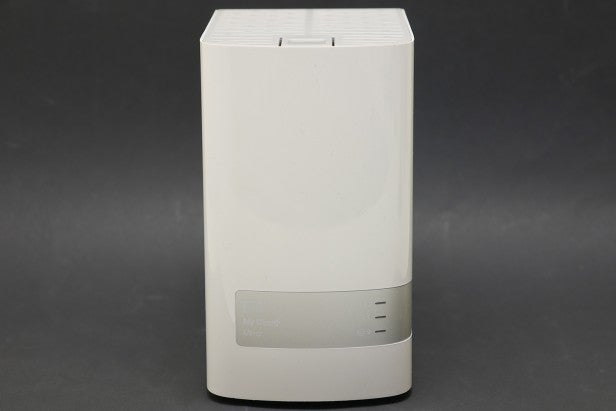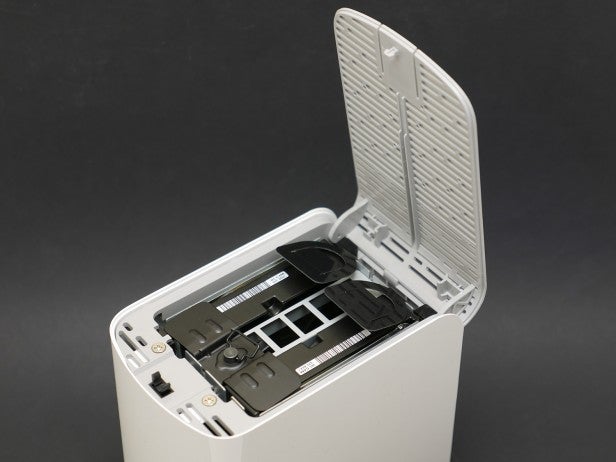WD My Cloud Mirror NAS Review
WD My Cloud Mirror NAS
A great value two-bay NAS that's ideal for home use

Sections
- Page 1 WD My Cloud Mirror NAS Review
- Page 2 Performance and Verdict Review
Verdict
Pros
- Very good value
- Smart design
- Easy to use yet powerful
Cons
- Flimsy plastic chassis
- Not the fastest available
Key Specifications
- Review Price: £220.00
- 2 x 2TB WD Red hard drives
- Two USB 3.0 ports
- RAID 0 and 1, spanning and JBOD
- 4TB maximum storage – 2TB in RAID 1
- Remote access with WD My Cloud
What is the WD My Cloud Mirror?
The WD My Cloud Mirror is low-cost, two-bay NAS drive ideal for home users looking to share their files around the house and access them from anywhere in the world.
With two hard drives arranged in a RAID 1 configuration, you have peace of mind knowing that your data is physically backed up onto two drives. In addition, the simple, largely automated, setup means it’s easy to get going, no matter your technical ability.
WD My Cloud Mirror – Design and Features
The first thing to note about the 4TB version of the My Cloud Mirror here is that, for most users, it won’t actually provide 4TB of storage. This is possible only if you combine both its 2TB hard drives (using JBOD, spanning or RAID 0), rather than by keeping them in their default RAID 1 configuration.
Related: Synology DS215J
Of course, it’s up to you which configuration you choose, but for most home users we’d recommend using the default mode since it gives you a complete backup of your data in the event that one of the drives fails. The Mirror is also available in 6TB (2 x 3TB) and 8TB (2 x 4TB) configurations.
The device itself is smartly designed: glossy white front and sides are complemented by a matte-grey top, back and bottom. Finishing off the look is a splash of silver that’s home to blue status LEDs on the front.
The My Cloud Mirror is certainly a unit that you wouldn’t object to having on your desk, unlike its more business-orientated, and pricier sibling – the EX2100.
However, there’s a reason the EX2100 costs considerably more than the My Cloud Mirror. Apart from its superior performance, the EX2100 benefits from better build quality too. Its all-metal sides and fairly robust drive bays are a long way from the My Cloud Mirror’s plastic exterior and more basic drive mechanism.
The upshot is that the My Cloud Mirror’s chassis bends and flexes a little too easily for my liking. It’s unlikely to come to any real harm in normal use, but it’s worth bearing in mind.
Tap the device along the top front edge and it pops open to reveal its two drives. These are held in place by a single metal plate, which is screwed down. Using its built-in handle, this is easy to undo, after which you can simply pull out the via the plastic tabs.
It’s all very basic – in the main to keep the cost down. However, for most users it will be entirely sufficient for a device that will simply sit on a desk or shelf and be upgraded maybe only once in its lifetime.

The drives themselves are WD Red models, which are pretty much the standard for NAS drives. They include a few extra firmware technologies over and above a basic drive, which allow for better power management, RAID management and streaming media delivery.
While these discs aren’t known for their speed, spinning at only 5,400rpm, they should prove reliable and ideal for use here.
Round the back of the unit you’ll find a couple of USB 3.0 ports. These can be used to attach further external hard drives, for an easy way to expand the storage being shared through the My Cloud Mirror.
Here you’ll also find the obligatory gigabit Ethernet socket and power connector. This unit uses an external power supply.

